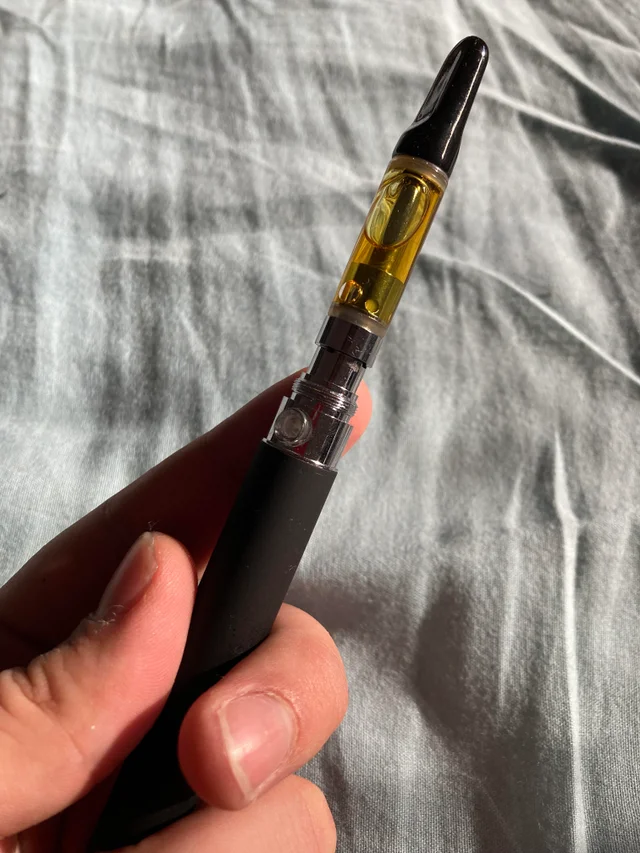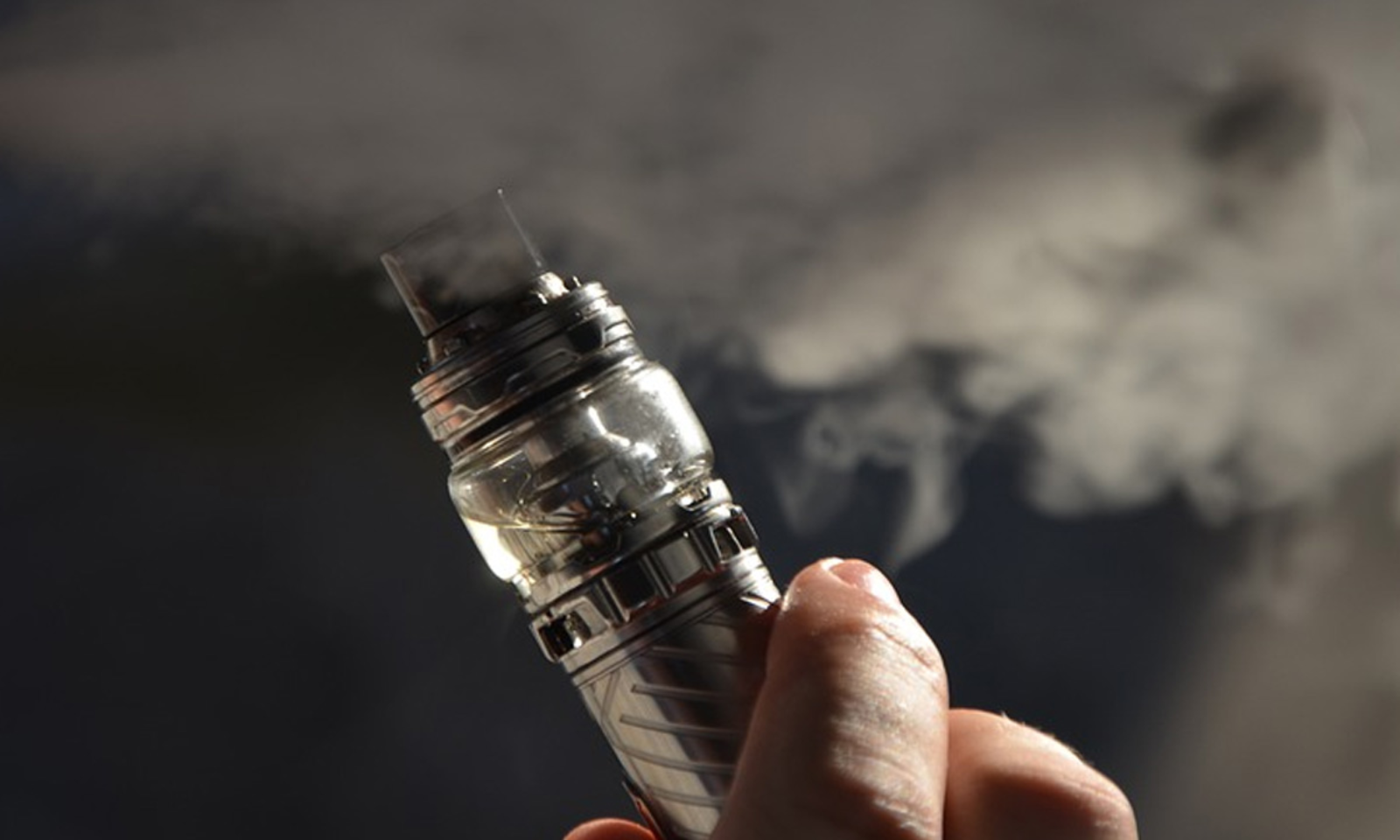Introduction: In the dynamic landscape of vaping, understanding the economics behind vape shop pricing is essential for both seasoned enthusiasts and newcomers. While pricing structures may vary, a deeper comprehension of the factors influencing costs and value can empower consumers to make informed decisions. Let’s delve into the economics of vape shops, shedding light on how pricing and value play pivotal roles in this evolving industry.
- Product Quality vs. Price: One of the primary considerations for vapers is the balance between product quality and price. Reputable vape shops often stock high-quality devices, e-liquids, and accessories, reflecting in their pricing. While premium products may come with a higher price tag, they often deliver superior performance, durability, and a more satisfying vaping experience. Understanding the correlation between quality and price helps vapers make choices aligned with their preferences and budget.
- Branding and Reputation: Branding and reputation significantly impact vape shop pricing. Establishments known for carrying reputable brands and providing excellent customer service may set their prices slightly higher to reflect the perceived value of their offerings. Consumers often find value in supporting shops with a positive reputation, knowing they are more likely to receive authentic products and reliable assistance.
- Economies of Scale: Vape shops, particularly larger chains, can leverage economies of scale to negotiate better deals with suppliers, potentially leading to lower product costs. These cost savings may be passed on to customers, offering competitive pricing. Smaller, independent vape shops may focus on curated selections, personalized service, and unique offerings, which can contribute to a different pricing dynamic.
- Exclusive Offers and Loyalty Programs: Vape shops may differentiate themselves by providing exclusive offers and loyalty programs. While these perks may not directly affect the base prices of products, they contribute to the overall value proposition. Customers who frequent a particular shop and participate in loyalty programs may enjoy discounts, special promotions, or early access to new products, enhancing the perceived value of their purchases.
- Local Market Conditions: The local market conditions play a crucial role in vape shop economics. Factors such as regional demand, competition, and regulatory environments can influence pricing strategies. Vape shops operating in areas with higher living costs or stricter regulations may adjust their prices accordingly. Understanding the local market dynamics allows consumers to contextualize pricing disparities.
- Educational Resources and Added Value: Vape shops that invest in educational resources and added value services may incorporate these costs into their pricing structure. Shops that prioritize customer education, offer informative workshops, or provide expert guidance contribute to an enhanced overall experience, justifying potentially higher prices.
Conclusion: Navigating the economics of vape shops involves a nuanced understanding of factors like product quality, branding, economies of scale, exclusive offers, local market conditions, and added value services. By considering these elements, vapers can make informed decisions that align with their preferences, budget, and the overall value they seek in their vaping experience. As the vaping industry continues to evolve, an awareness of these economic dynamics empowers consumers to engage with the market responsibly and enjoy a satisfying vaping journey.







Leave a Reply